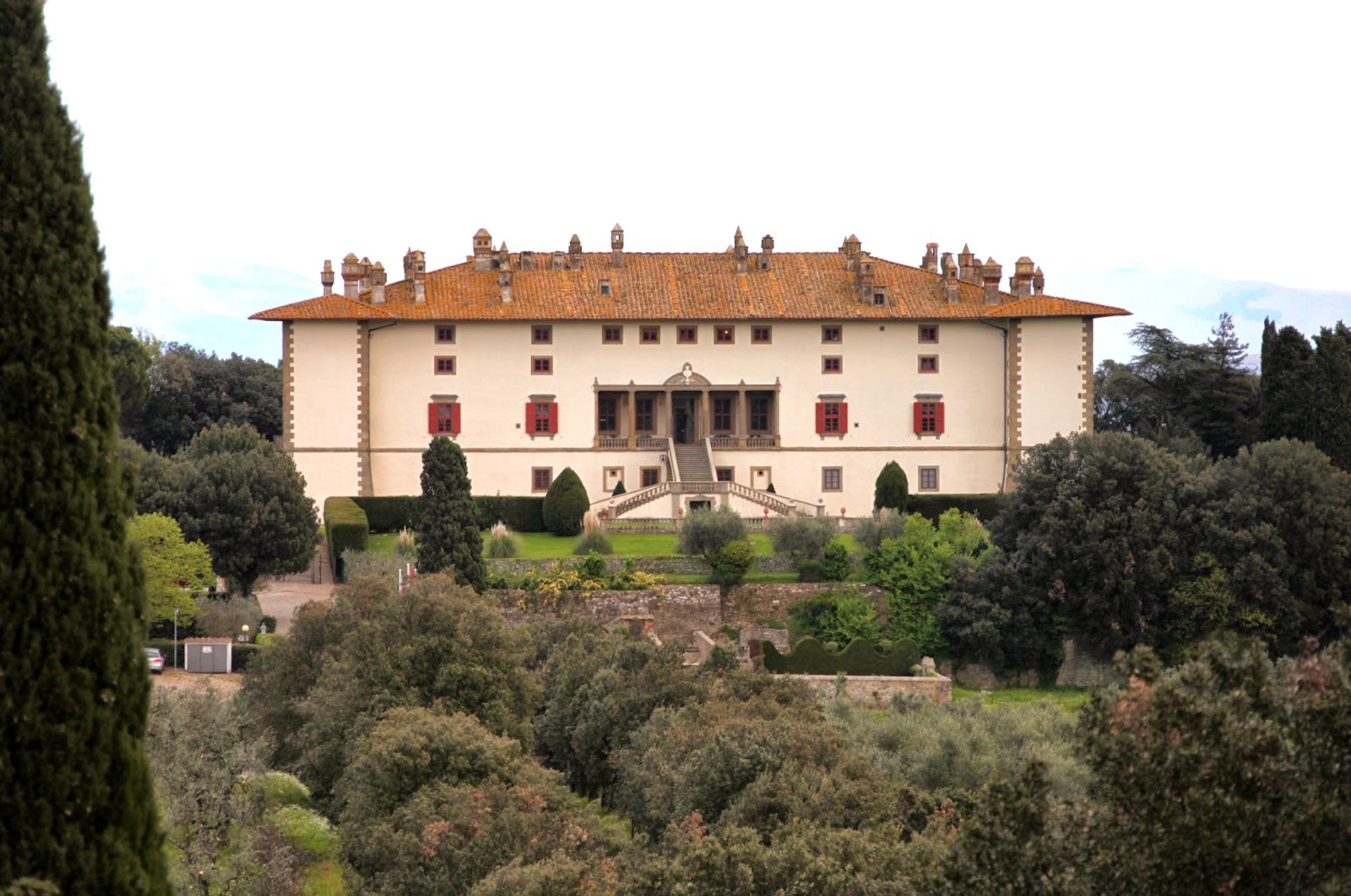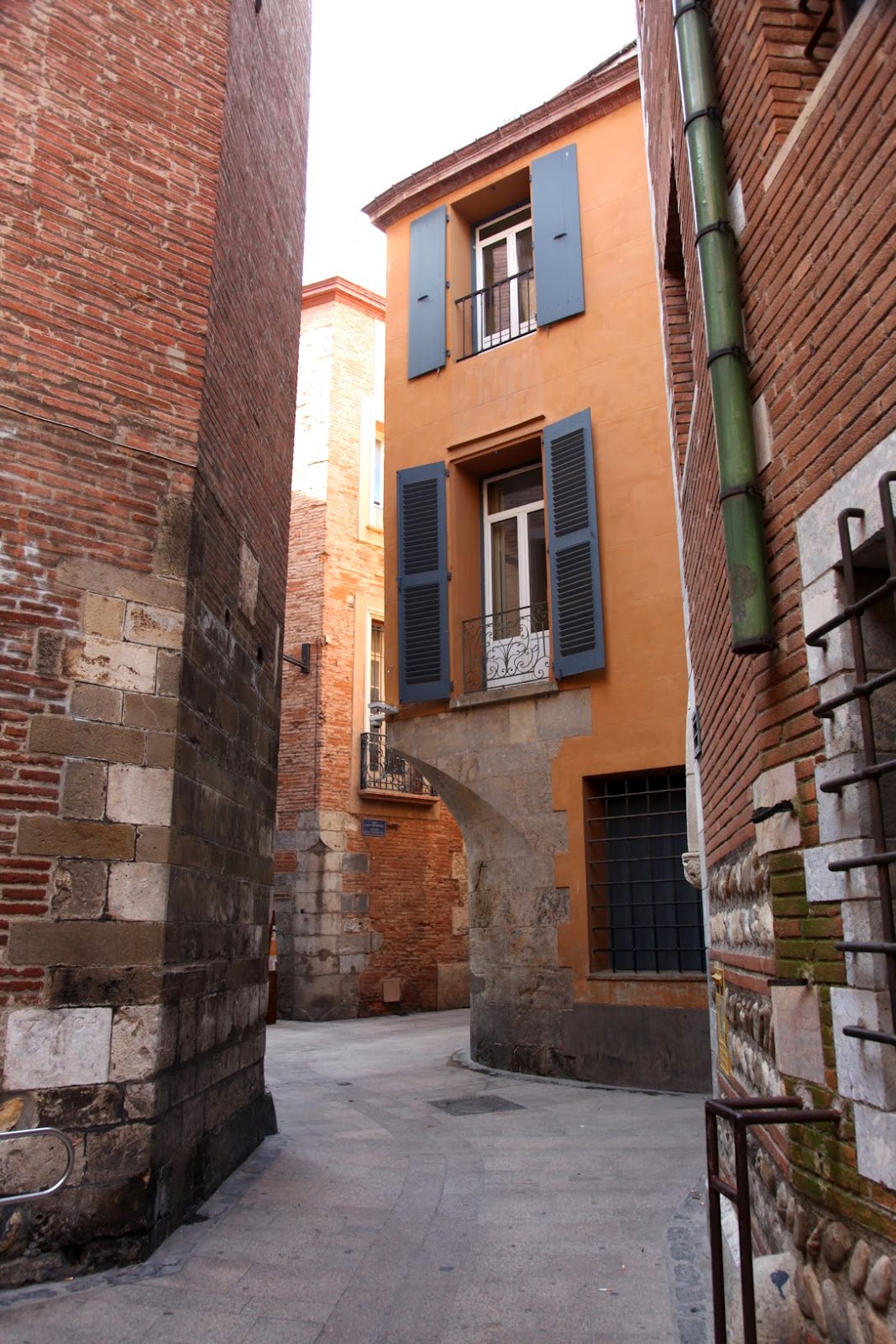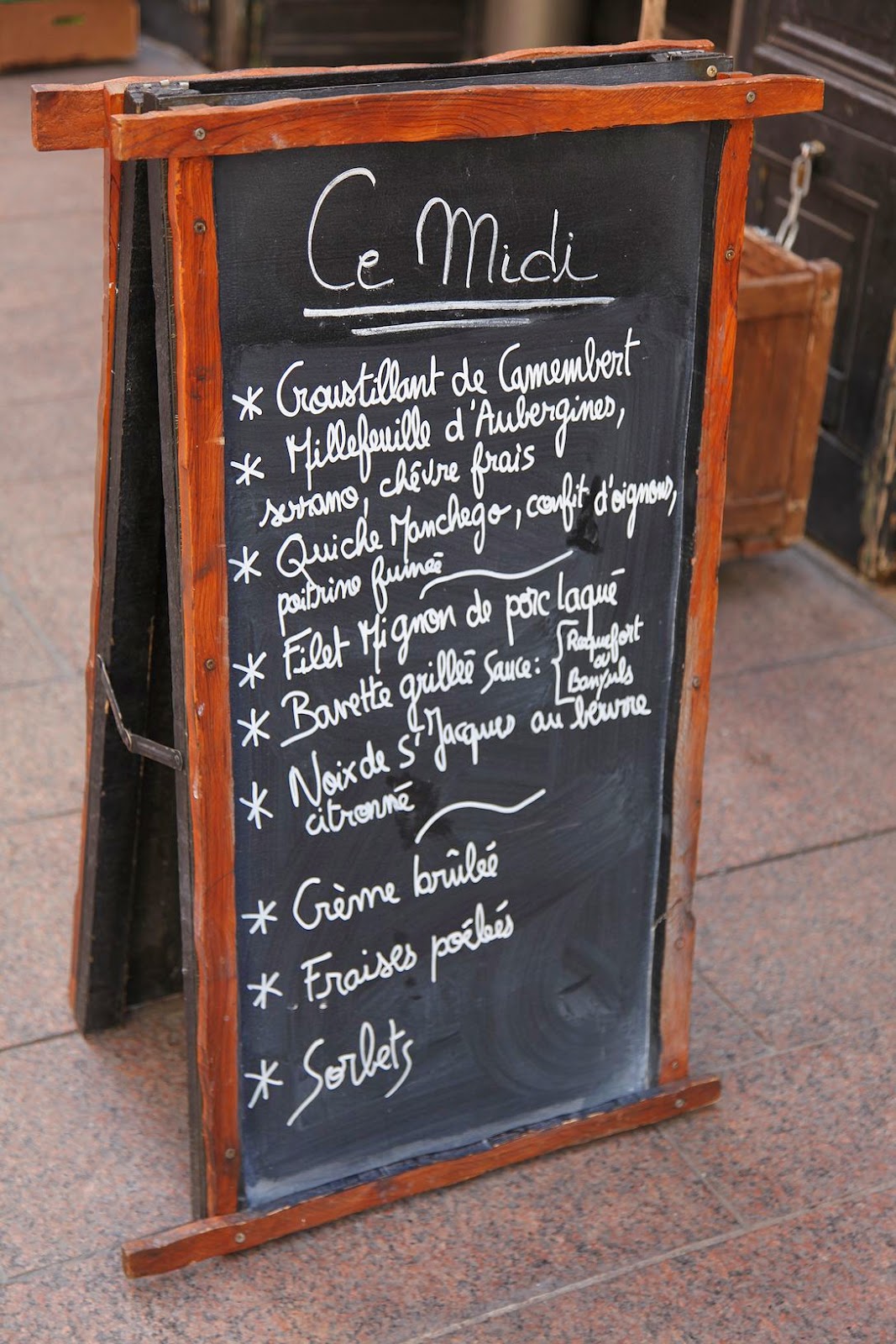Heading out in search of one of the less visited Medici villa, La Ferdinanda, which occupied an even older castle, we stumbled upon a small village so rich in history that makes this 11th century castle villa seems like a new property.
Merely 40 minutes west of Florence, passing through a small town called Montelupo that specializes in ceramic making with factories open for visits, up a hill called Montalbano, sits the Etruscan village Artimino. Little information can be found on the internet (no Wikipedia entry and only a short blurb on Michelin guide), this seems like one of those villages George Clooney filmed "The American" - a perfect hideout for a contract killer.
A walled medieval village, the entrance is an opening underneath the crenellated clock tower. The layout of the village, which isn't complicated at all, is said to have remained unchanged for hundreds of years: a one-way circular route no more than 600 meter in its circumference with two inner paths.
Occupied by the Florentines since 1327, most of its land was purchased by the Medici, and by 1596 the villa across from the village began construction. They must have seen what we saw that day: an unobstructed view over the Tuscan landscape.
 |
| Medici Villa, La Ferdinanda |
The 1000-year-old church of San Leonardo is set outside the walled village, as is a common practice at that time: the separation of the castle and the church signifies the disparity in their domain of power over the people.
The Ferdinanda and the Artimino are now classified as UNESCO Heritage Sites: http://www.artimino.com/


































































